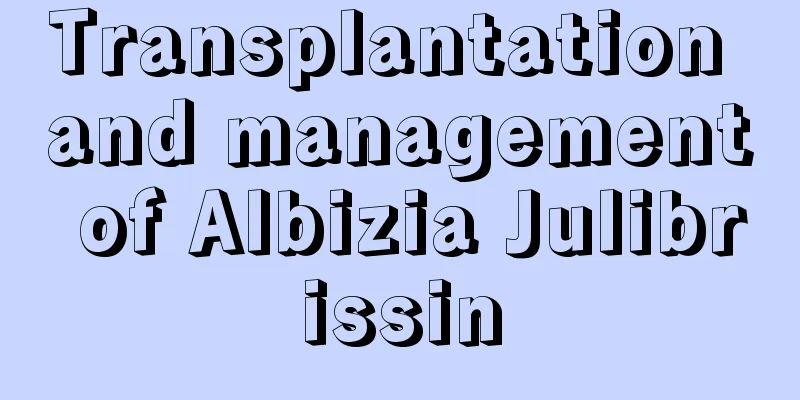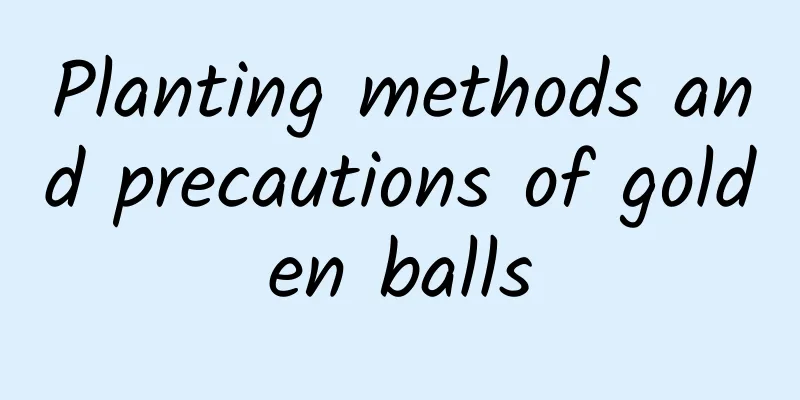Transplantation and management of Albizia Julibrissin

Time to transplant Albizia julibrissinThe best time for transplanting is spring and autumn. Transplanting in spring should be done before budding and when the sap has not yet flowed; planting in autumn should be done after the Albizia Julibrissin leaves fall and before the soil freezes. How to transplant Albizia JulibrissinTransplanting of seedlings should be done before germination, and transplanting of large seedlings should be carried out with enough soil balls. Be careful and meticulous when transplanting, protect the root system, and set up supports for large seedlings to prevent them from being blown down by the wind or growing crookedly. Choose a place with open terrain, good drainage and plenty of sunlight for transplanting. Dig a hole with a diameter of 80 cm and a depth of 80 cm, then put the seedlings in. First straighten it up to allow the roots to stretch, and then fill it with soil. It is best to transplant in the evening, and then you can apply a thin layer of organic fertilizer in combination with watering, or spray the leaves with a mixture of 0.2%-0.3% urea and potassium dihydrogen phosphate. If the soil quality is not good, you can replace the substrate, apply base fertilizer into the hole, and mix it evenly with the soil. Management of Albizia Julibrissin after transplantingAlbizia Julibrissin prefers a slightly moist and dry soil environment. After transplanting, pay attention to watering to keep the soil moist. Water again as appropriate after 3-5 days. After ensuring that the Albizia Julibrissin seedlings are growing stably, gradually reduce the amount of watering, but still pay attention to replenishing water during the dry season. In addition to the 5,000 grams of manure applied into the cave when planting, Albizia Julibrissin is generally fertilized twice a year, once as topdressing after flowering to supplement nutrients, and once in late autumn to apply basal fertilizer to facilitate root growth. Apart from this, almost no other fertilizer is needed. The trunk of the Albizia Julibrissin seedlings is often tilted and not straight because the branches are too low. In order to improve the ornamental value, it is best to prune the side branches in time. For weak one-year-old seedlings or Albizia Julibrissin with tilted trunks, you can leave one strong bud and cut off the rest before sprouting in early spring of the following year. Remove thin and weak branches and diseased and insect-infested branches in late winter every year, and properly prune the side branches to ensure the beautiful shape of the tree. |
<<: How to sow Albizia Julibrissin
Recommend
Winter and summer maintenance issues of money tree
Summer care of money tree Maintenance in summer i...
When is the right time to plant sugarcane?
Sugarcane is a tropical crop that prefers warm an...
What is the reason for the cracking of Phalaenopsis leaves? The leaves are wrinkled and softened
1. Reasons for Phalaenopsis leaf cracking 1. Dry ...
How long does it take to transplant onion seedlings?
Onions are grown in all parts of China. In order ...
How to plant coriander seeds
Coriander seed planting time Coriander is general...
How to plant gladiolus bulbs
1. Processing bulbs When planting gladiolus, you ...
How to plant and manage eggplant?
As a common vegetable , eggplant is a frequent vi...
The growing environment and local conditions of sugar beets
Beet growing environment and conditions Beet pref...
Cultivation method of osmanthus fragrans potted in the north (how to maintain osmanthus fragrans trees in the north to make them grow well)
Most varieties of osmanthus are not cold-resistan...
It turns out that there are rules for placing lucky bamboo, only by placing it this way can you expect wealth, prosperity and peace!
1Place in the living room If you place lucky bamb...
What soil is best for bougainvillea?
1. What kind of soil to use Generally speaking, i...
How to maintain the seaweed ball
Seaweed ball growth conditions Seaweed balls are ...
You can just put a pot of it in the bedroom. It will release oxygen for 12 hours, allowing you to sleep soundly without insomnia!
Kalanchoe The first thing Huahua wants to talk ab...
How to prune the million-dollar lily
Million Xiaoling pruning time Proper pruning of m...
Management of kiwifruit seedlings aged 1 to 3 years
The economic life of kiwifruit is as long as seve...









